
Professor, historian, specialist in Mashriqī Studies at 𝕿𝖍𝖊 @OhioState University #GoBucks
11 subscribers
How to get URL link on X (Twitter) App

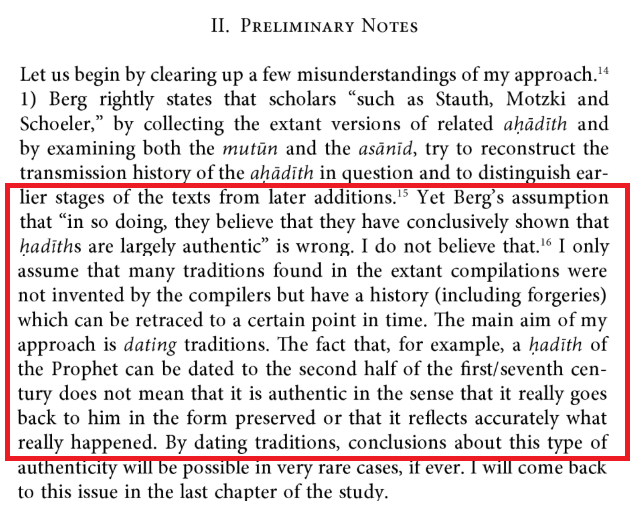

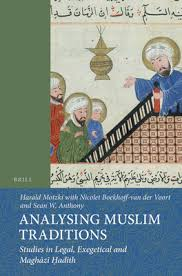

 If you've studied Aramaic, the answer seems pretty straightforwoard: al-muhaymin is easily recognizeable as mhaymen|ܡܗܰܝܡܶܢ|מהימן.
If you've studied Aramaic, the answer seems pretty straightforwoard: al-muhaymin is easily recognizeable as mhaymen|ܡܗܰܝܡܶܢ|מהימן.

https://twitter.com/ApostateProphet/status/1899571925258539276Hitler’s "Tabletalk" (Tischgespräche) – ranting monologues given at the Führer headquarters from 1941-44 – were recorded and transcribed, and this is the source of such statements. In a monologue from 28 Aug 1942, he bemoans Charles Martel’s victory at Poitiers in 732 and ...




https://twitter.com/freemonotheist/status/1783122617966158051Truth be told, the aims of HCM are very modest--a measured, rationalistic approach to assessing the plausibility of our historical knowledge and revising it using empircal tools and methods. Most of the frustrations with it are, as you can see on display in the replies, ...

 how he accompanied the last Umayyad caliph Marwān II to defeat the rival claimant, Sulaymān ibn Hishām. He says:
how he accompanied the last Umayyad caliph Marwān II to defeat the rival claimant, Sulaymān ibn Hishām. He says: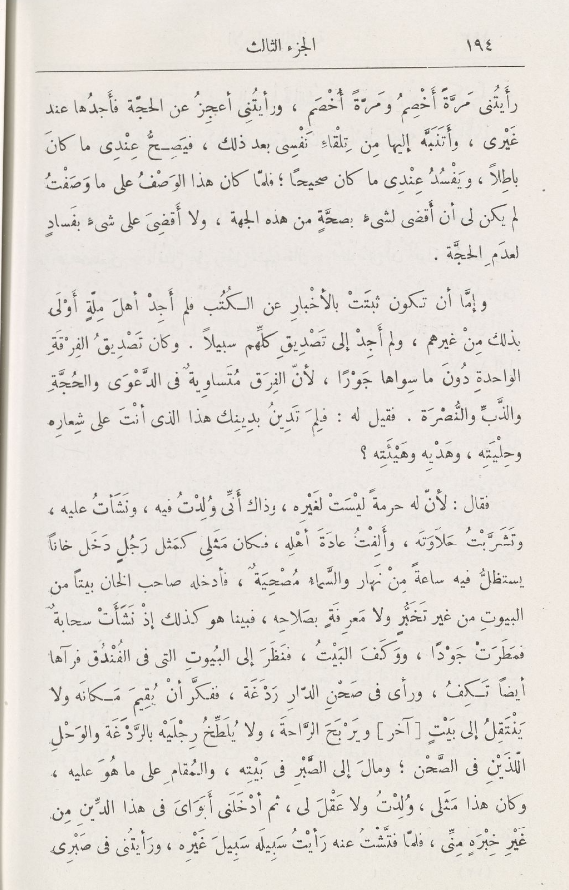

 I was born and reared in it. I imbibed its sweetness and grew fond of the customs of its adherents. I’d compare myself to a man who entered a lodge seeking shade from heaven’s brightness for an hour or so of daylight. The lodger brought him to one of its rooms without knowing...
I was born and reared in it. I imbibed its sweetness and grew fond of the customs of its adherents. I’d compare myself to a man who entered a lodge seeking shade from heaven’s brightness for an hour or so of daylight. The lodger brought him to one of its rooms without knowing...

 published a review of it written by a Syrian scholar from Aleppo named Muḥammad Yaḥyā Hāshmī. The tract is interesting because it gives us a ‘pre-Saidian’ criticism of Orientalism from Egypt, and I think that one can encounter some familiar themes.
published a review of it written by a Syrian scholar from Aleppo named Muḥammad Yaḥyā Hāshmī. The tract is interesting because it gives us a ‘pre-Saidian’ criticism of Orientalism from Egypt, and I think that one can encounter some familiar themes.

 Let’s just look at the stories compiled by al-Ṭabarī (d. 923) to gain a glance how this process unfolds. Basically, all these stories attempt to answer a simple (and entirely extraneous) question: Who was this man who supposedly taught the prophet?
Let’s just look at the stories compiled by al-Ṭabarī (d. 923) to gain a glance how this process unfolds. Basically, all these stories attempt to answer a simple (and entirely extraneous) question: Who was this man who supposedly taught the prophet?



 The 1st exegete of the Qurʾan whose work survives is Muqātil ibn Sulaymān al-Balkhī (d. 150/765, Baṣrah). His tafsīr preserves an extensive early list of Jerusalem’s merits (faḍāʾil) in an excursus on Q. Isrāʾ 17:1. Muqātil was active in Iraq, but ...
The 1st exegete of the Qurʾan whose work survives is Muqātil ibn Sulaymān al-Balkhī (d. 150/765, Baṣrah). His tafsīr preserves an extensive early list of Jerusalem’s merits (faḍāʾil) in an excursus on Q. Isrāʾ 17:1. Muqātil was active in Iraq, but ... 

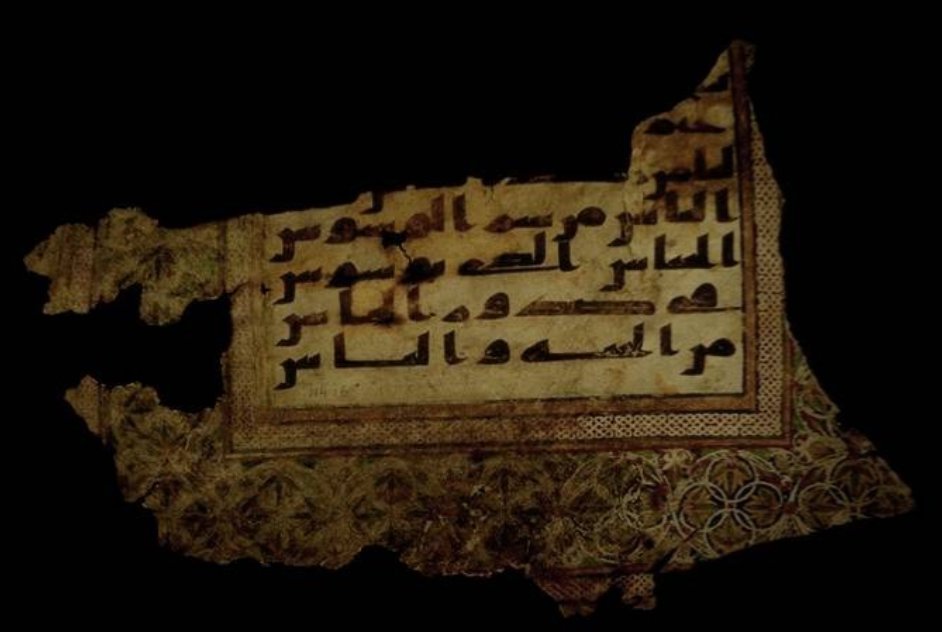
 One of the most comprehensive attempts to piece together what the Arabic accounts have to about the project was pursued by the like of Omar Hamdan and Nicolai Sinai.
One of the most comprehensive attempts to piece together what the Arabic accounts have to about the project was pursued by the like of Omar Hamdan and Nicolai Sinai.
 According to al-Bukhārī, Iraqis even during Abū Hurayrah's lifetime accused him of being a liar. AH allegedly said, ‘Do you Iraqis claim that I lie about the Messenger of God?! Isn't it for you to merely show gratitude while the burden of sin falls me!’ ... google.com/books/edition/…
According to al-Bukhārī, Iraqis even during Abū Hurayrah's lifetime accused him of being a liar. AH allegedly said, ‘Do you Iraqis claim that I lie about the Messenger of God?! Isn't it for you to merely show gratitude while the burden of sin falls me!’ ... google.com/books/edition/…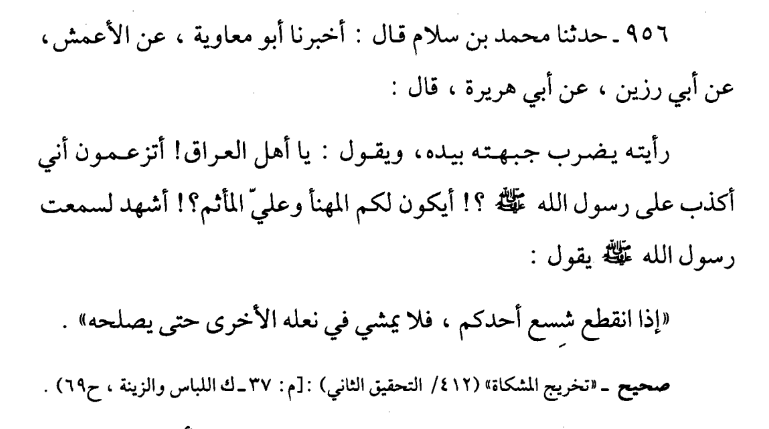


 An early Meccan scholar, ʿAṭāʾ ibn Abī Rabāḥ (c. 27–115/ 648–733), claimed to have seen it with his own own eyes. He was asked, “Did you see figural depictions (tamāthīl) in the Kaʿbah?” “Yes,” he said, “I saw the figures of Mary and her son Jesus in her lap finely adorned...
An early Meccan scholar, ʿAṭāʾ ibn Abī Rabāḥ (c. 27–115/ 648–733), claimed to have seen it with his own own eyes. He was asked, “Did you see figural depictions (tamāthīl) in the Kaʿbah?” “Yes,” he said, “I saw the figures of Mary and her son Jesus in her lap finely adorned... 

 In ca. 780, the caliph al-Mahdī ordered the extension of a stone bench next to it (text below from Ibn al-Murajjā), so it may have been part of the original construction of ʿAbd al-Malik.
In ca. 780, the caliph al-Mahdī ordered the extension of a stone bench next to it (text below from Ibn al-Murajjā), so it may have been part of the original construction of ʿAbd al-Malik. 


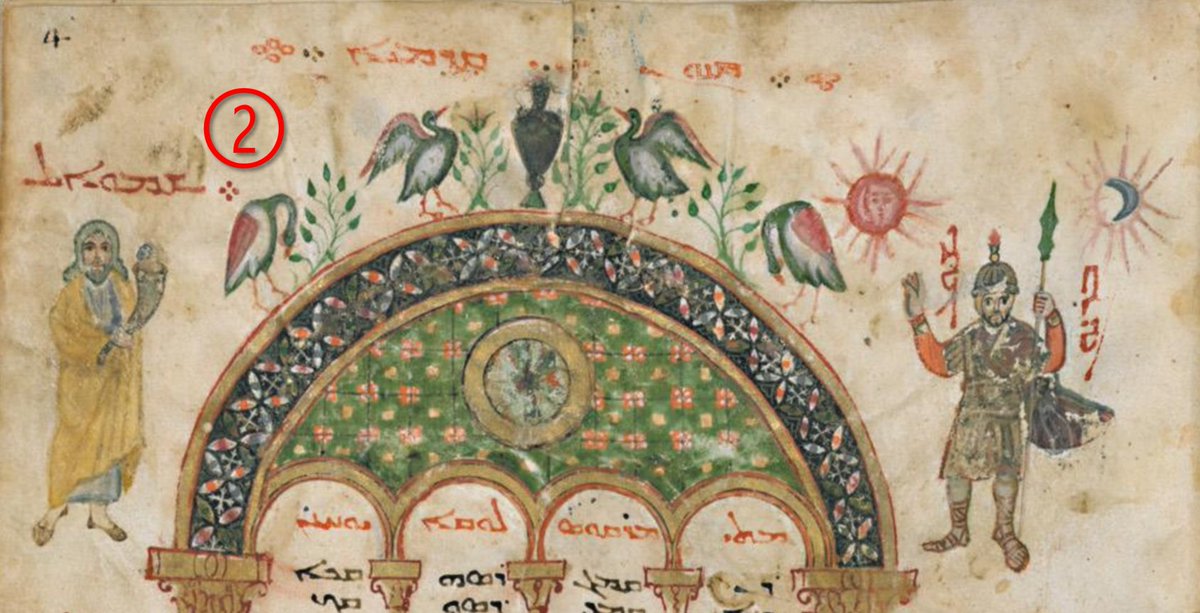
 There's plenty more to be seen here: teca.bmlonline.it/ImageViewer/se…
There's plenty more to be seen here: teca.bmlonline.it/ImageViewer/se…

 ‘God created people according to classes: one group to worship, one to rule, one to attain knowledge and study law, one for valor and bravery, and another for trades and professions. Besides that the rest merely muddy the water and drive up inflation.’
‘God created people according to classes: one group to worship, one to rule, one to attain knowledge and study law, one for valor and bravery, and another for trades and professions. Besides that the rest merely muddy the water and drive up inflation.’https://twitter.com/provingislam/status/1491876550425387010?s=20&t=_v9Y2iwug_iIXKaOjc7DQAI suspect that the comments refers to this old thread. My point there was NOT that the Qurʾan *definitely* thinks that Mary, the mother of Jesus, is the sister of Aaron, but rather that the idea that it’s an error was never seriously ...
https://twitter.com/shahanSean/status/1161730325397028866?s=20&t=_v9Y2iwug_iIXKaOjc7DQA

https://twitter.com/PhDniX/status/1484498586515746816P.Berol. 12825 (CPR III, no. 43), ca. 705-708
